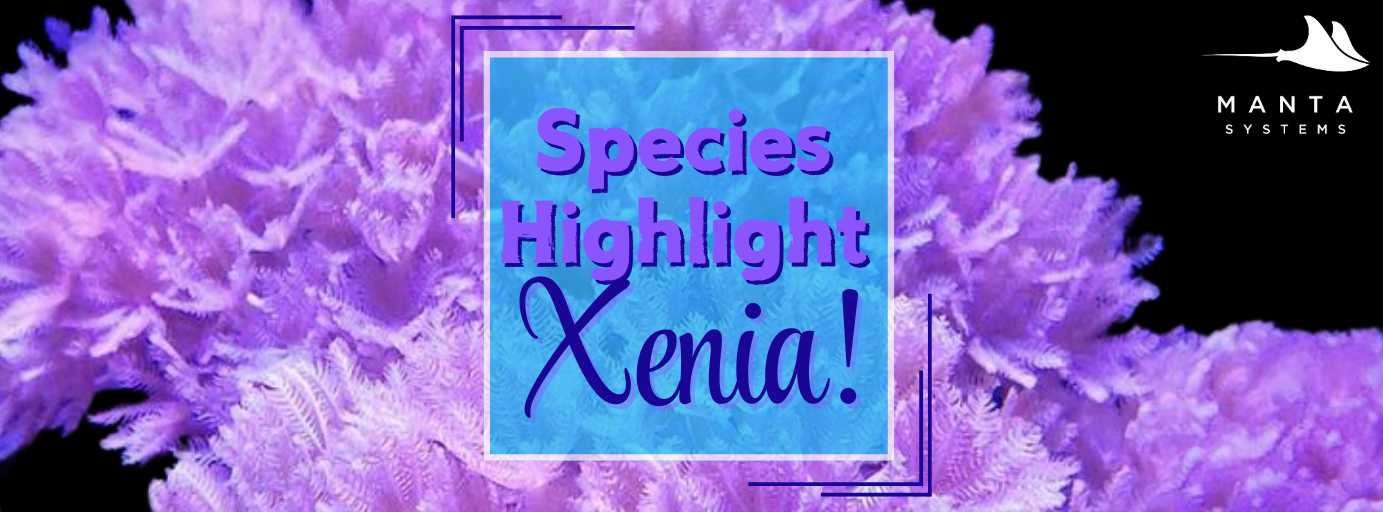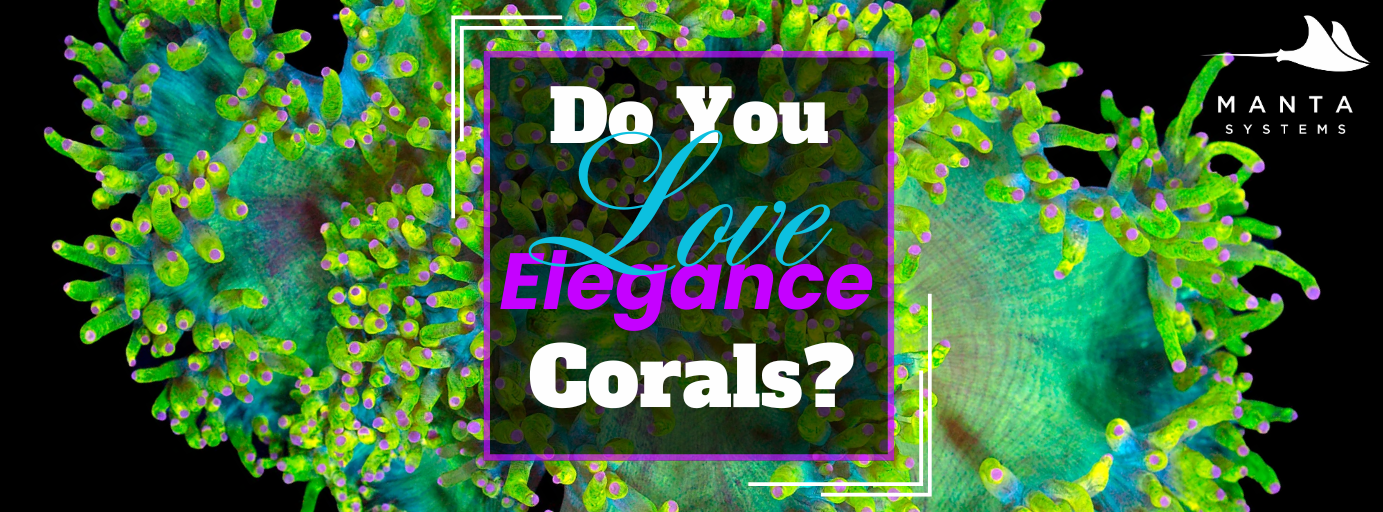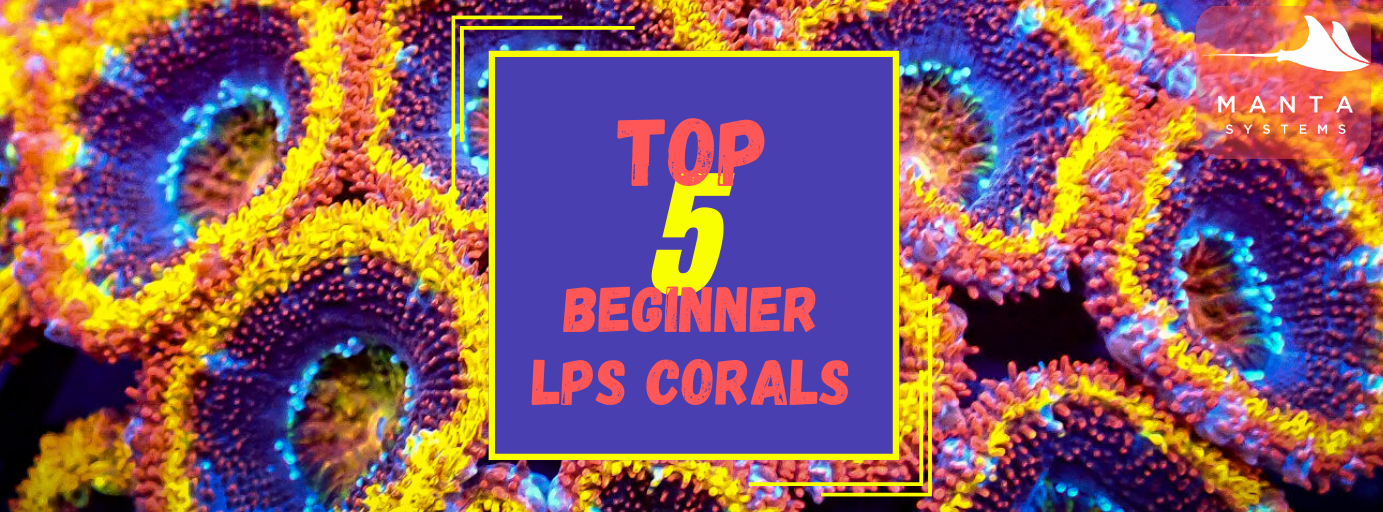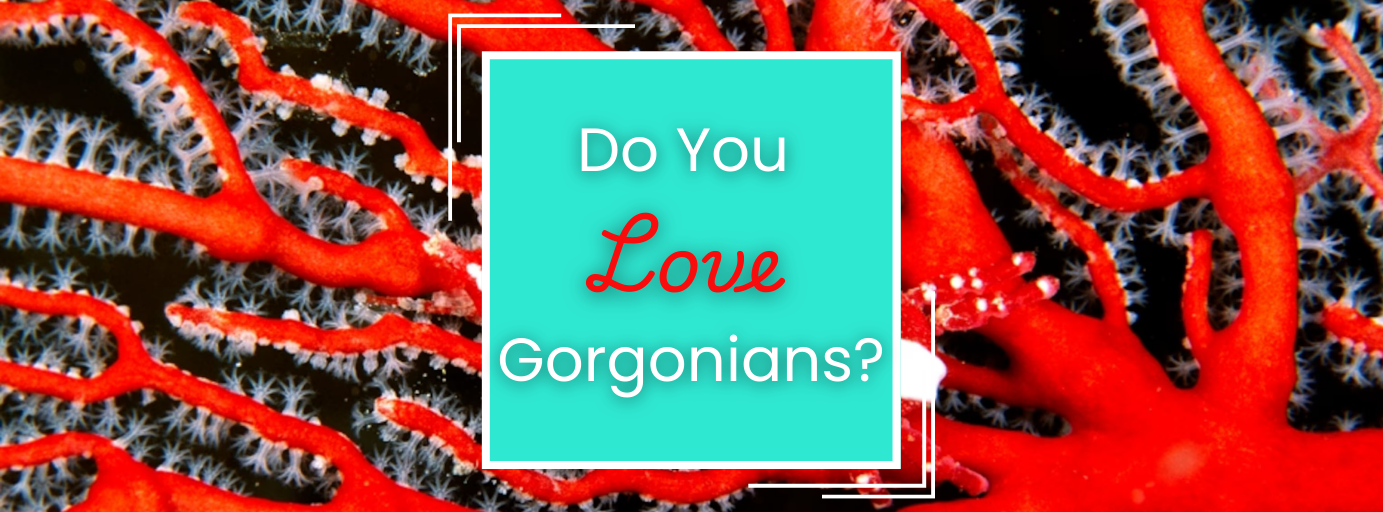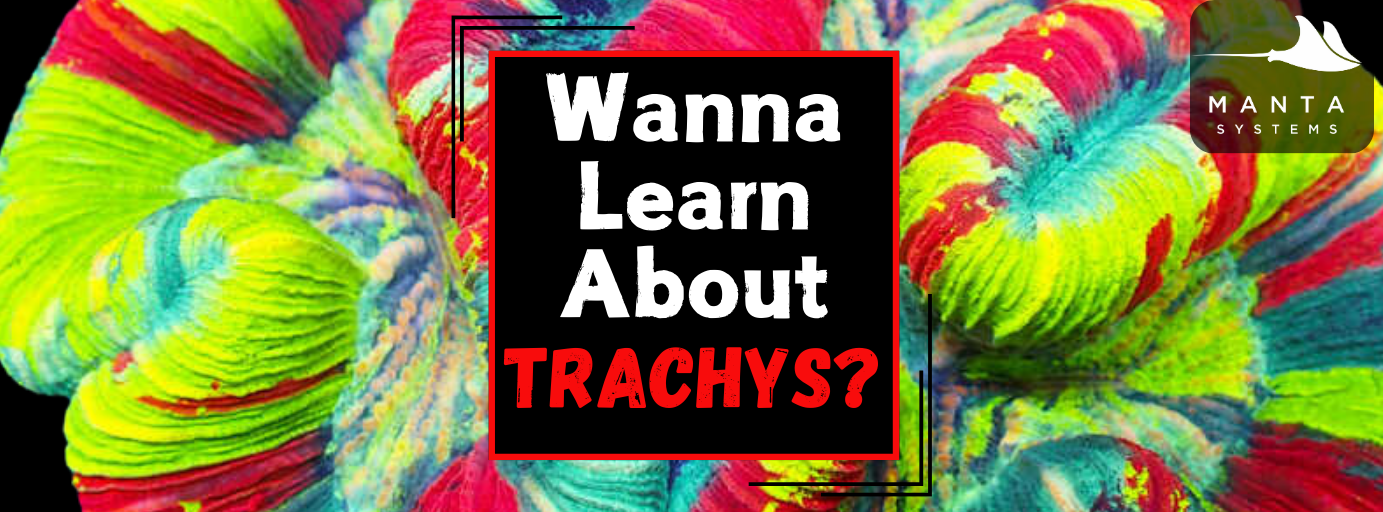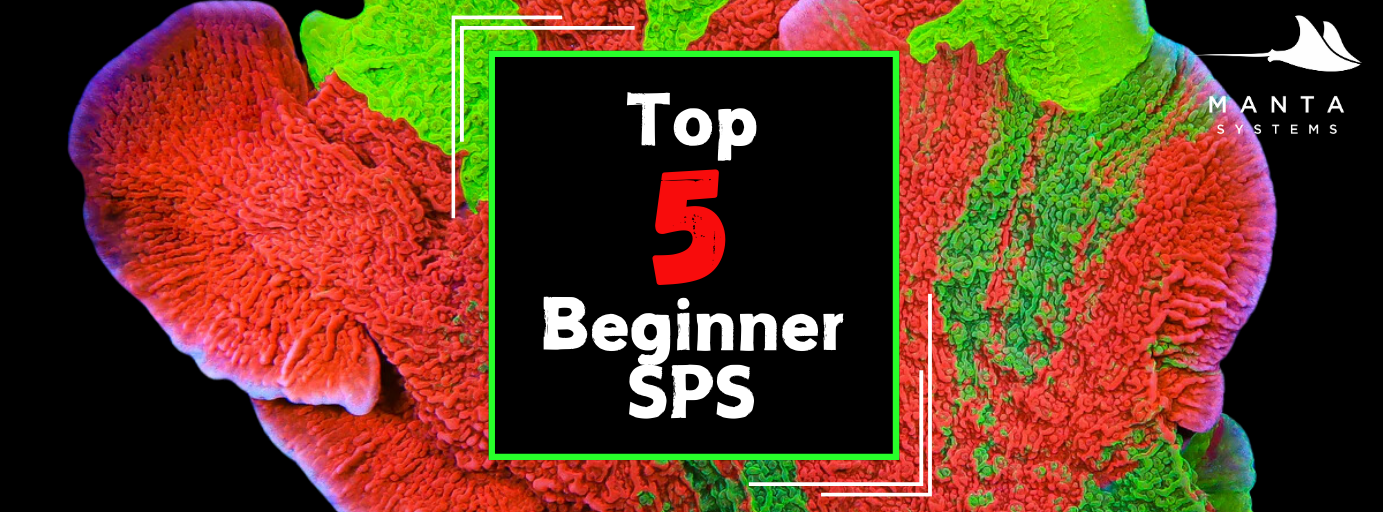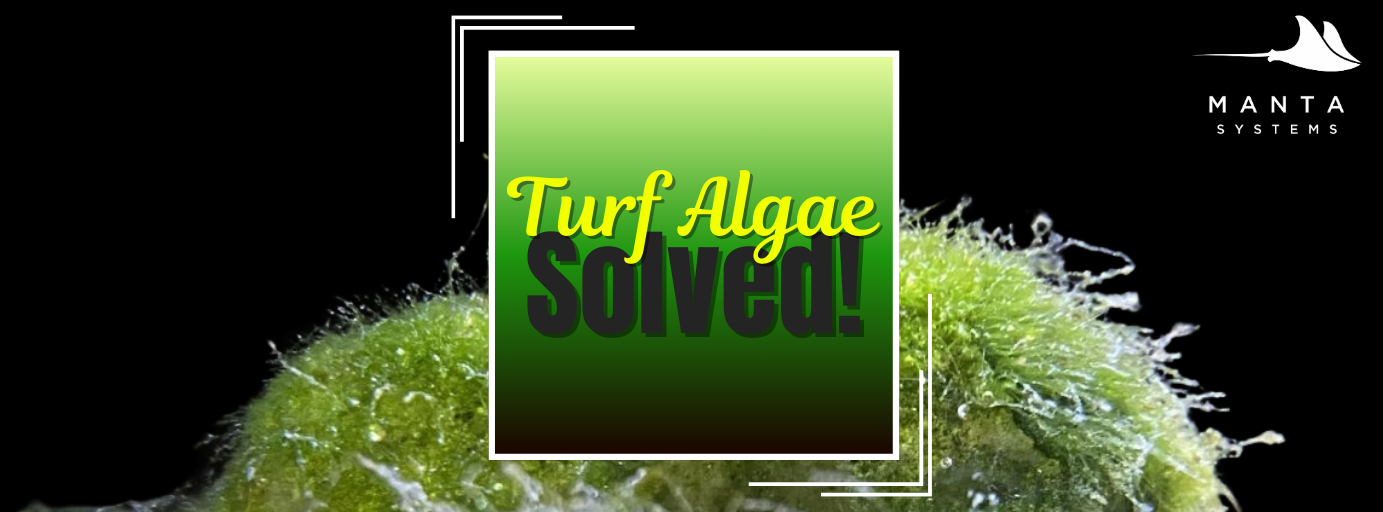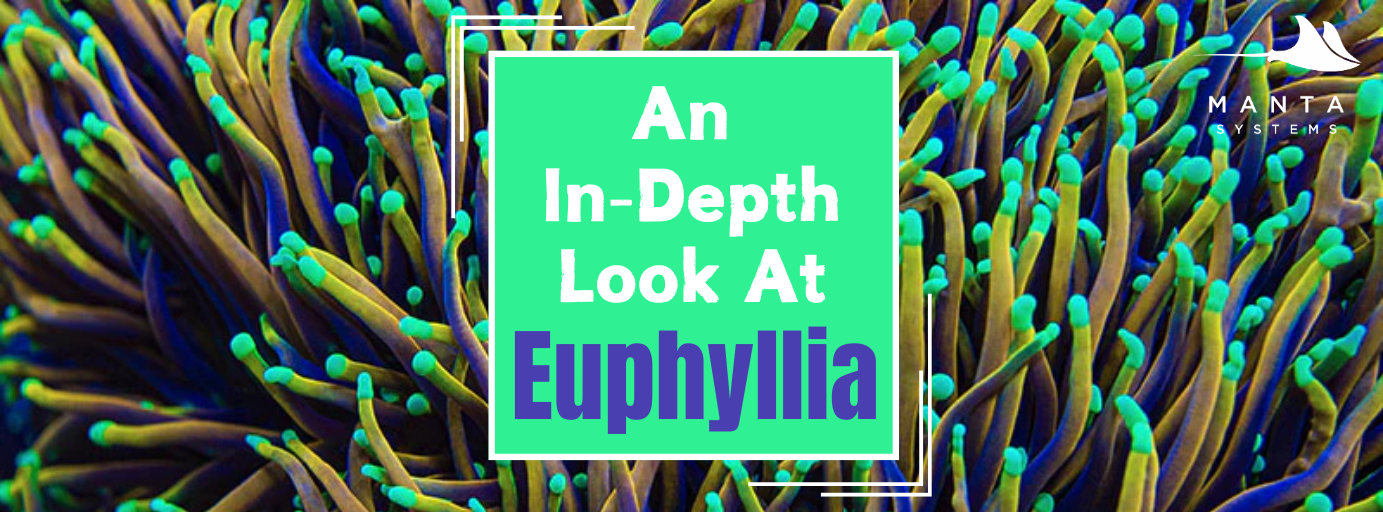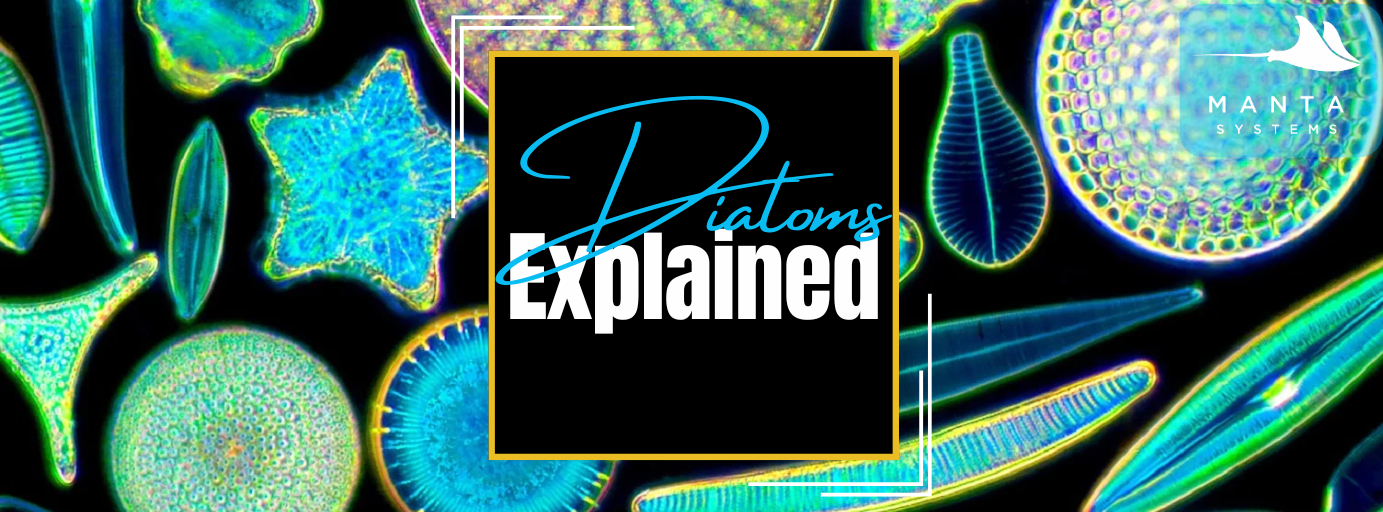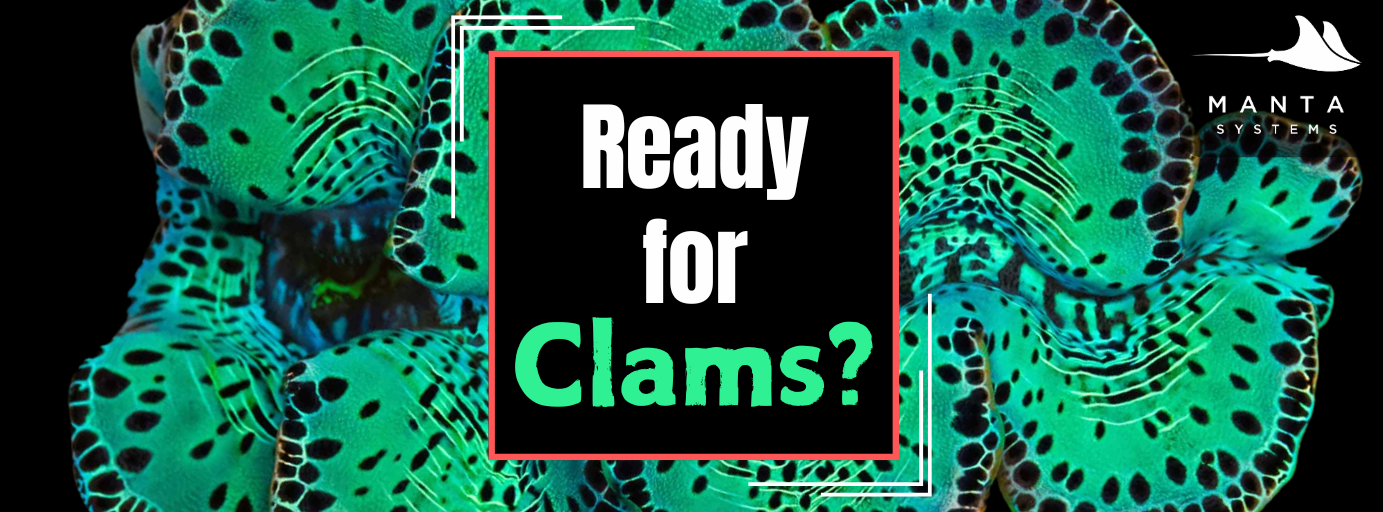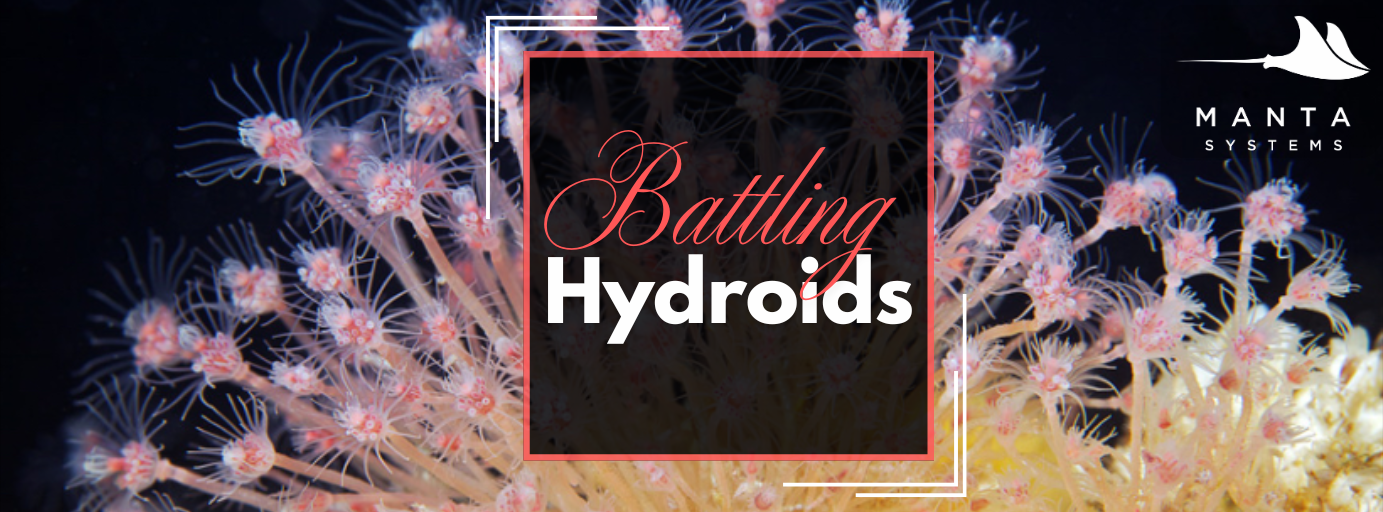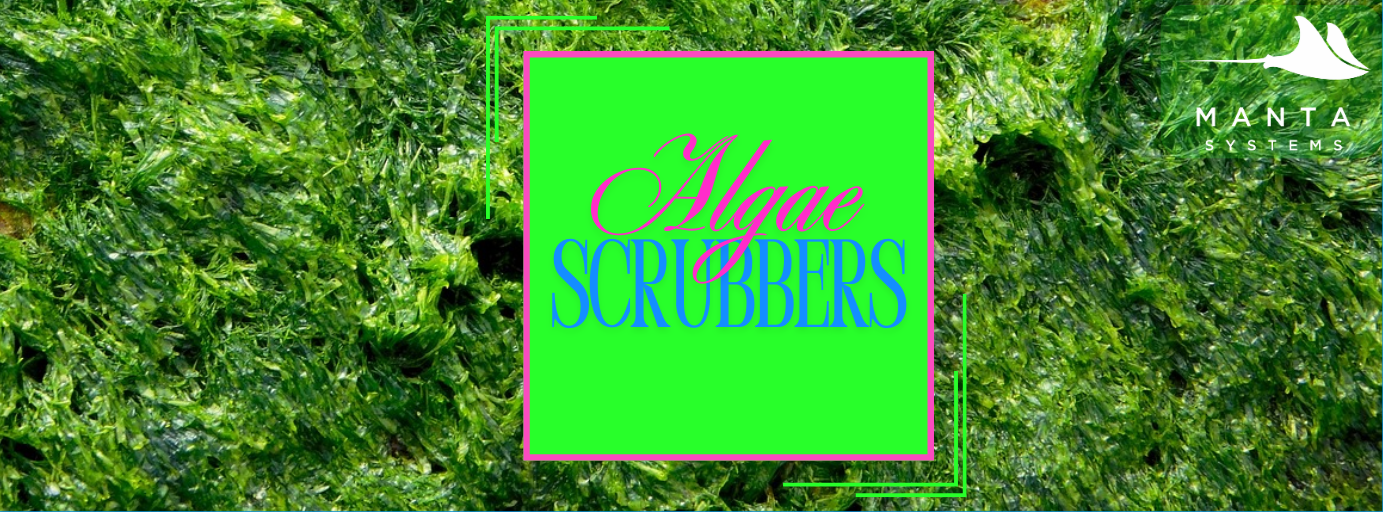Saltwater Insights:
Exploring the Fascinating World of Marine Aquariums
Welcome to Saltwater Insights! Here, we dive into a wide range of topics that will deepen your understanding and appreciation of saltwater aquariums. Whether you're a seasoned aquarist or just starting out, our posts cover everything from the latest in aquarium technology and advanced water chemistry, to the care of exotic marine species and the art of aquascaping. Our expert tips, detailed guides, and fun facts will keep you informed and inspired. Join our community as we explore the vibrant and ever-evolving world of saltwater aquariums together. Dive in and discover the secrets to a thriving marine environment!

